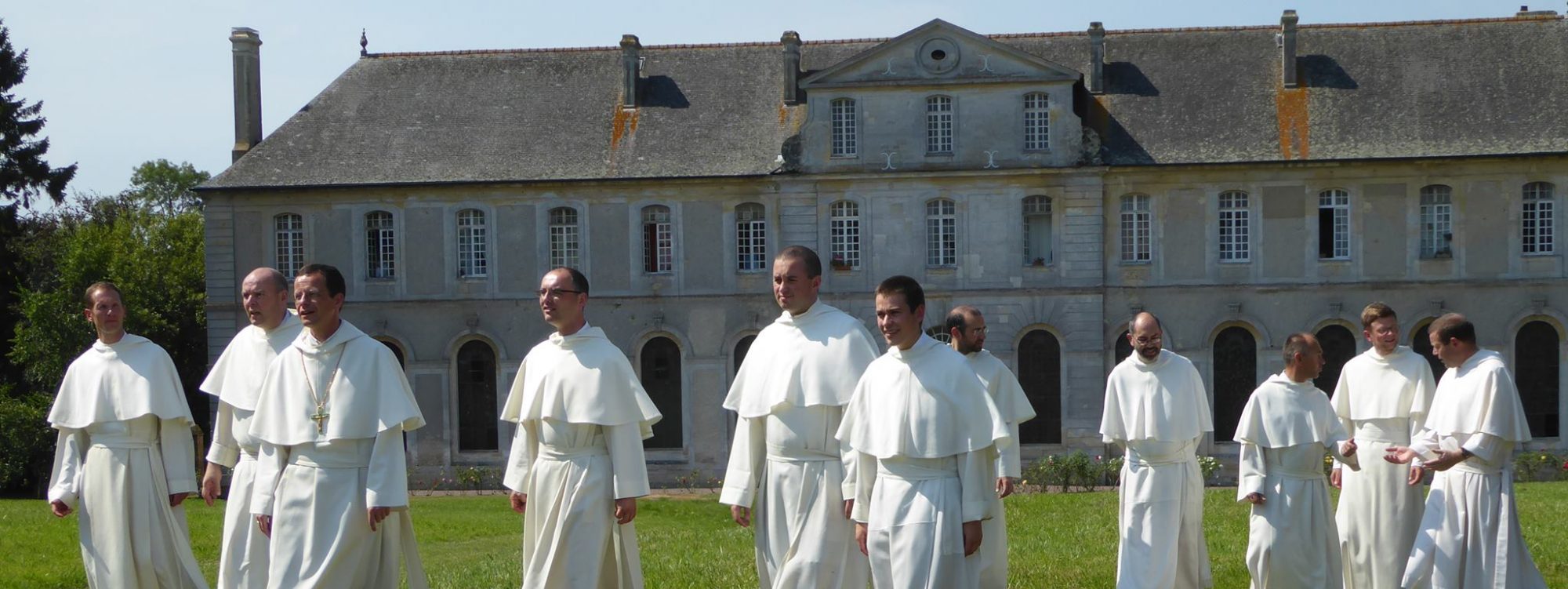In the The celebration of our Jubilee, nine-hundred years after the first profession of Saint Norbert and his followers on Christmas-day 1121 is for all of us, Norbertine Sisters and Brothers, a precious occasion to re-discover the Charism of our Order. Among the many questions that may be asked, one question is fundamental. Have we been faithful to this Charism? To expect a “yes or no” answer on this question would be naive. Some questions just remain questions, rather to be asked than to be answered. In order to live with this question we have to live consciously our contact with the Spirit who inspired Saint Norbert against the background of our time, in the reality that surrounds us. The question remains because it is the echo of our commitment to our vocation, which is never totally accomplished.
The life of Saint Norbert shows us how he was moved by the Spirit to lead an apostolic life. The vita apostolica is a theme that inspired many movements of Church-reform in the twelfth century. Moved by the desire to return to the sources of Christianity, preachers went from one village to the next, preaching to the people. They shaped their way of life by following the Gospel literally and attracted many followers. According to Herman of Tournai, the author one of the first sources on the life of Saint Norbert, none of these preachers gathered so many followers as Norbert did. Clerics and lay-people, men and women alike. The same chronicler expresses his admiration when he relates the settlement in Prémontré and the enormous growth of the new institution. He writes that he knew of more than a thousand women who entered into the Praemonstratensian houses. The presence of sisters in our Order is one of the striking features from the very beginning.
A Charism is perhaps in the first place an inspired intuition, a longing to return to the sources. While it develops and searches ways to express itself in a structured way it necessarily clashes with laws, conventions and expectations. Herman of Tournai highlights the ascetic lifestyle of the first Praemonstratensian sisters. He praises their fasting, their cloistered life, their coarse vestments and their charitable activities. Filip of Harvengt, abbot of Bonne-Espérance Abbey in Hainaut also highlights these characteristics in his description of the life of Oda, the prioress of Rivereuille, the nunnery founded by Bonne-Espérance. Not unlike the canons, Oda set an example, teaching by word and by the way she led her life. Demonstrating by her wisdom and love of the poor she was as a light on a standard, shining beyond the walls of the monastery . In the life of this early Praemonstratensian sister, the apostolic life found a way of expression within the limited space that conventional religious life left to women twelfth century.
This booklet provides some information about the development of the sisters communities which sprang from the encounters of Norbertine Charism with the various local and historical events. All are real and genuine expressions of our Charism. Divided over several institutes, they are one within the Praemonstratensian family.
Have we been faithful to Norbert’s Charism? Can we use this Jubilee to deepen our understanding of it? Can we grow in fidelity? Surely, thinking about our spiritual patrimony as a reality that would be incomplete if not lived by communities of sisters and of brothers united in the international communion of the Praemonstratensian family, is an essential element in the awareness concerning this fundamental question.
Jos Wouters, o.praem abbot-general
Roma, October 8, 2019


